Welcome to the fascinating world of leopard gecko ownership! These charming reptiles have become increasingly popular pets due to their manageable size, docile temperament, and distinctive spotted appearance. Native to the arid regions of Afghanistan, Pakistan, and parts of India, leopard geckos (Eublepharis macularius) have adapted remarkably well to captivity, making them an excellent choice for both novice and experienced reptile enthusiasts. Unlike many other gecko species, they lack the sticky toe pads that allow climbing vertical surfaces, making them primarily ground-dwelling creatures that are easier to contain and care for. This comprehensive guide will walk you through everything you need to know to provide your leopard gecko with a healthy, comfortable home where it can thrive for its potential 15-20 year lifespan.
Understanding Leopard Gecko Basics
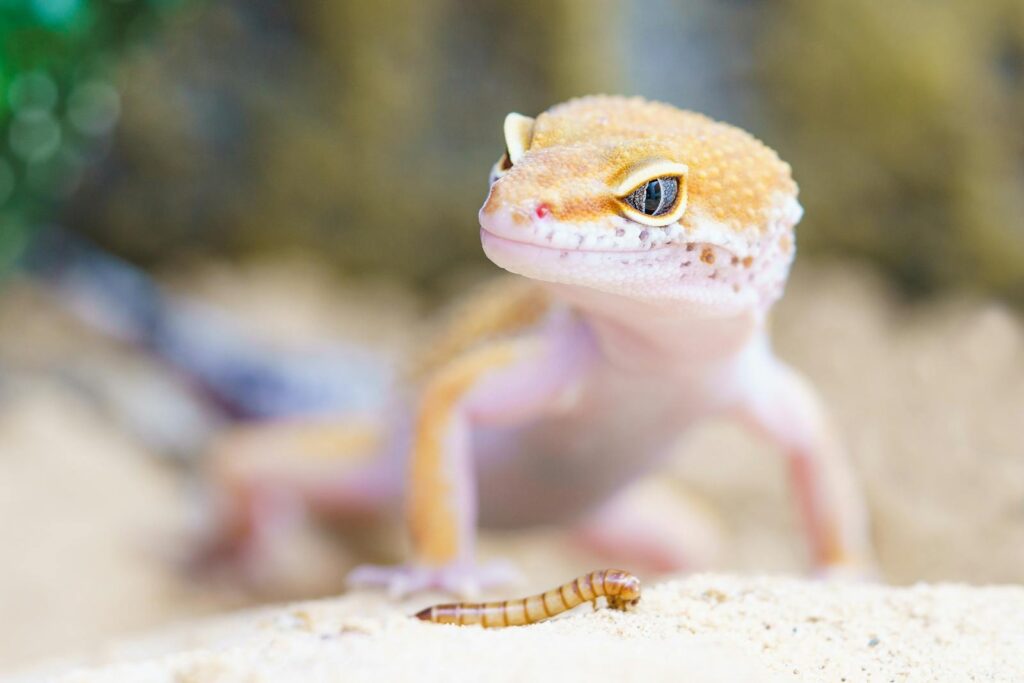
Leopard geckos typically grow to between 8-10 inches in length when fully mature, with males generally being larger than females. These nocturnal reptiles are distinguished by their distinctive spotted pattern, which varies from individual to individual, and their large, captivating eyes with vertical pupils that dilate widely in low light. Unlike many reptiles, leopard geckos possess movable eyelids, allowing them to blink and sleep with their eyes closed. They also feature a fat-storing tail that serves as an energy reserve during times of food scarcity, though this tail can detach if the gecko feels threatened—a defense mechanism known as caudal autotomy. While a new tail will eventually grow back, it typically appears stubbier and may have different coloration or pattern than the original.
Selecting Your Leopard Gecko
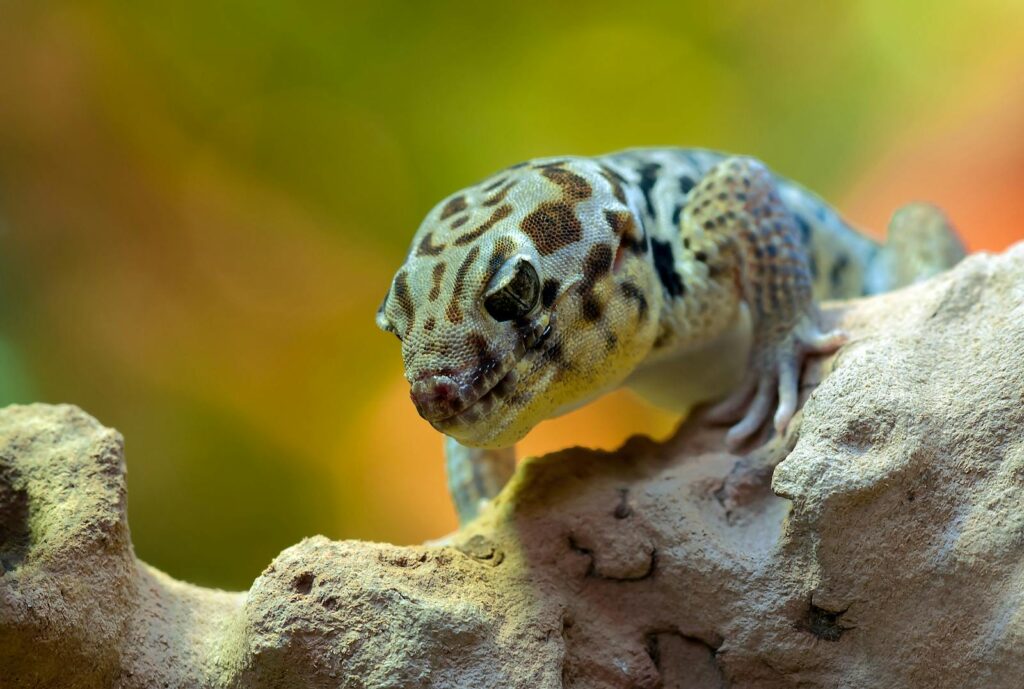
When choosing your leopard gecko, prioritize health over appearance or morph type. A healthy gecko should have clear, alert eyes, a plump tail, and smooth skin without any visible wounds, stuck shed, or signs of mites. Observe the gecko’s behavior—it should be responsive though possibly shy, with no labored breathing or lethargy. While purchasing from reputable breeders offers advantages like known genetic history and often healthier animals, rescue organizations frequently have adult geckos needing homes. First-time owners may benefit from starting with a juvenile (around 5-6 months old) rather than a hatchling, as juveniles are more established and easier to care for while still offering years of companionship. Before bringing your new pet home, ensure your habitat is completely set up and running at proper temperatures for at least 24 hours.
Essential Housing Requirements

The appropriate enclosure for a leopard gecko should prioritize floor space over height, as these reptiles don’t climb extensively. For a single adult gecko, a 20-gallon long tank (30″x12″x12″) represents the minimum size, though larger enclosures of 40 gallons or more provide better temperature gradients and enrichment opportunities. While glass terrariums are most common, well-ventilated PVC or wooden vivariums can offer superior insulation and temperature stability. The enclosure should include a secure, escape-proof lid with adequate ventilation to prevent humidity buildup while maintaining proper temperatures. For those housing multiple geckos, significantly larger spaces are essential, though it’s worth noting that males should never be housed together due to territorial aggression, and even females may sometimes display dominance behaviors requiring separation.
Creating the Optimal Temperature Gradient

Leopard geckos require a carefully maintained temperature gradient within their enclosure to properly thermoregulate their body temperature. The warm side of the habitat should maintain temperatures between 88-92°F (31-33°C) during the day, while the cool side should range from 75-80°F (24-27°C), creating essential thermal options for your gecko. For nighttime temperatures, a slight drop to around 70-75°F (21-24°C) is appropriate, though supplemental heat may be necessary if your home drops below these temperatures. Under-tank heating pads regulated by thermostats are preferable as primary heat sources since leopard geckos absorb heat through their bellies while digesting food. Overhead heating elements like ceramic heat emitters or deep heat projectors can supplement this belly heat, but avoid bright heat lamps that might disturb these nocturnal creatures. Always verify temperatures using digital thermometers or temperature guns rather than analog stick-on thermometers, which are notoriously inaccurate.
Lighting and Photoperiod Considerations

Unlike many reptiles, leopard geckos don’t require UVB lighting to synthesize vitamin D3, as they’re crepuscular animals adapted to low light conditions. However, growing research suggests that appropriate UVB exposure (using low-output 2-5% UVB bulbs) may benefit their overall health when provided in conjunction with proper calcium supplementation. Regardless of UVB usage, maintaining a consistent day/night cycle of approximately 12 hours light and 12 hours darkness helps regulate your gecko’s natural behaviors and biological rhythms. For illumination, use low-intensity LED lights or specialized reptile day bulbs positioned at one end of the enclosure, allowing the animal to self-regulate its exposure. Avoid colored night lights (red, blue, or purple), as these can disrupt natural sleep patterns despite claims to the contrary; if nighttime heating is necessary, use heat sources that emit minimal light, such as ceramic heat emitters.
Substrate Options and Safety Concerns
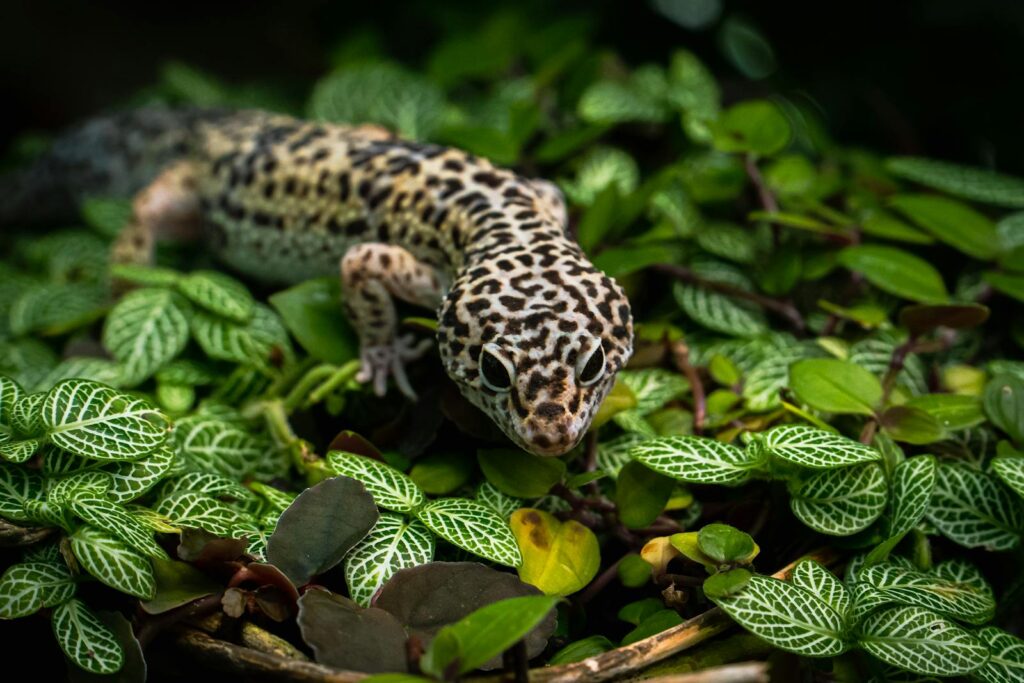
Choosing appropriate substrate for your leopard gecko’s habitat involves balancing naturalistic aesthetics with safety considerations. For beginners, non-particle substrates like paper towels, reptile carpet, or textured tile offer easy cleaning and eliminate impaction risks, where a gecko accidentally ingests loose substrate causing digestive blockages. As you gain experience, naturalistic substrate options might include pre-mixed reptile-safe soil blends, a mixture of topsoil and play sand (mixed at a 70/30 ratio), or specialized excavator clay that allows for digging and burrowing behaviors. Avoid calcium sand, crushed walnut shell, and loose coconut fiber, which pose significant impaction hazards despite sometimes being marketed for leopard geckos. If using loose substrates, always feed your gecko in a separate container or over a feeding slate to minimize accidental ingestion, and ensure proper supplementation and temperatures to support healthy digestion.
Furnishing the Enclosure with Hides and Enrichment

A properly enriched leopard gecko habitat should include at least three specialized hides that serve different purposes. First, provide a warm hide positioned over the heating pad where your gecko can digest meals and maintain optimal body temperature. Second, include a cool hide on the opposite end of the enclosure where your pet can retreat to regulate its temperature. Third, add a humid hide filled with moisture-retaining substrate like sphagnum moss or paper towels that’s misted regularly to maintain 70-80% humidity inside the hide, crucial for healthy shedding processes. Beyond these essential hides, incorporate various enrichment items like cork flats, sanitized branches, artificial or live reptile-safe plants, and textured climbing surfaces that offer environmental complexity without creating fall hazards. Arrange these elements to create multiple pathways and visual barriers that provide security while still allowing your gecko to explore its environment.
Proper Nutrition and Feeding Schedule
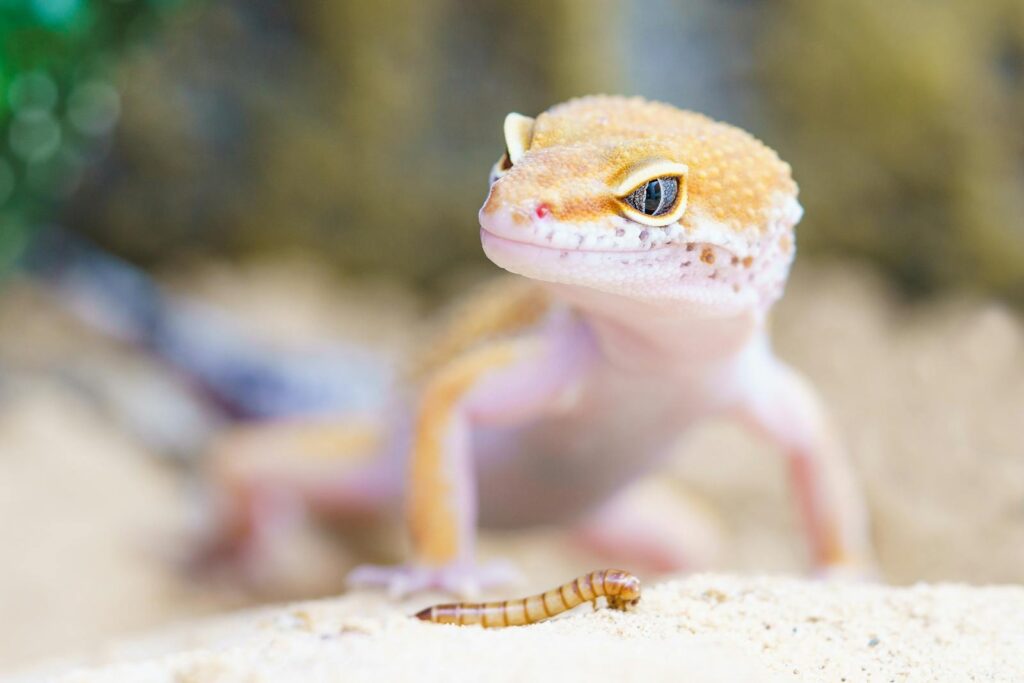
Leopard geckos thrive on a diet of appropriate live insects, which should be gut-loaded (fed nutritious foods) for 24 hours before being offered to your gecko. Primary staple feeders include crickets, dubia roaches, black soldier fly larvae (nutrient-rich and naturally high in calcium), and mealworms (in moderation for adults due to their harder chitin shells). Occasional treats might include silkworms, hornworms, and waxworms, though the latter should be limited as they’re fatty and potentially addictive. Adult leopard geckos typically require feeding every 4-7 days, while juveniles need smaller, more frequent meals every 1-2 days to support growth. Adjust portion sizes according to your gecko’s body condition—a healthy leopard gecko should have a tail roughly as thick as its neck, neither underweight nor obese. All feeders should be appropriately sized (no larger than the space between your gecko’s eyes) and removed if uneaten after 15-20 minutes to prevent stress or potential bites from hungry insects.
Essential Vitamin and Mineral Supplementation
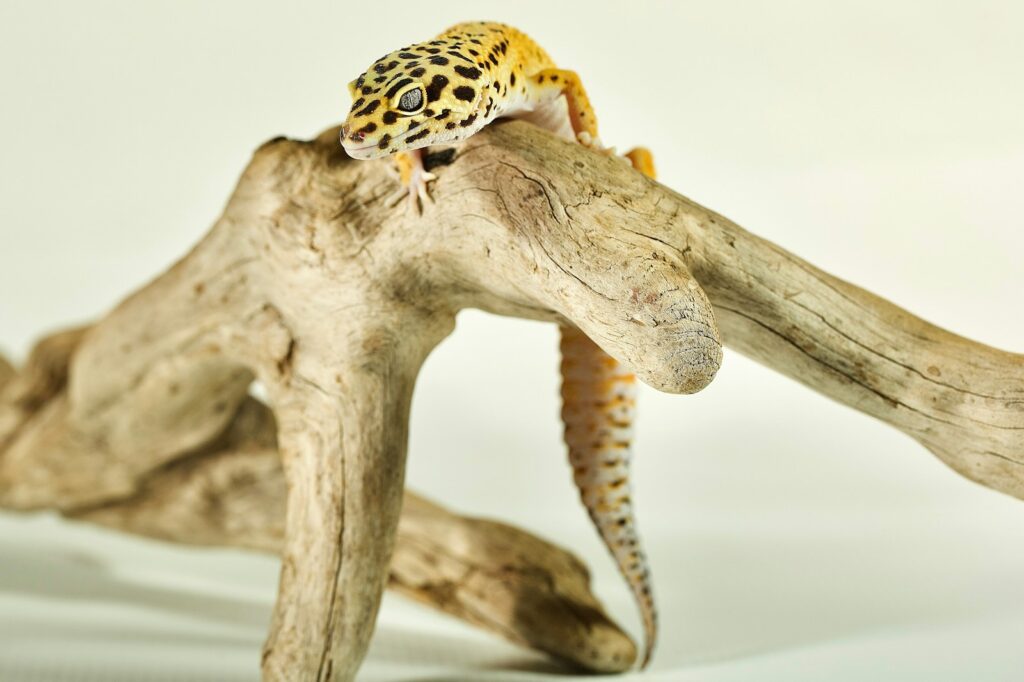
Proper supplementation is crucial for preventing common health issues like metabolic bone disease in captive leopard geckos. Calcium supplementation forms the cornerstone of this regimen, with calcium powder (without added vitamin D3) dusted on feeders at most meals. For geckos not receiving UVB lighting, calcium with vitamin D3 should be provided once or twice weekly to enable proper calcium metabolism; however, excessive D3 can be harmful, so follow product guidelines carefully. Additionally, a quality reptile multivitamin containing vitamin A (as retinol, not just beta carotene) should be used once every 1-2 weeks to prevent vitamin deficiencies. Juveniles and gravid females have higher calcium requirements and may need more frequent supplementation to support growth and egg production respectively. Always use supplements designed specifically for reptiles, store them according to manufacturer guidelines, and replace them by their expiration dates, as potency diminishes over time.
Water and Humidity Management
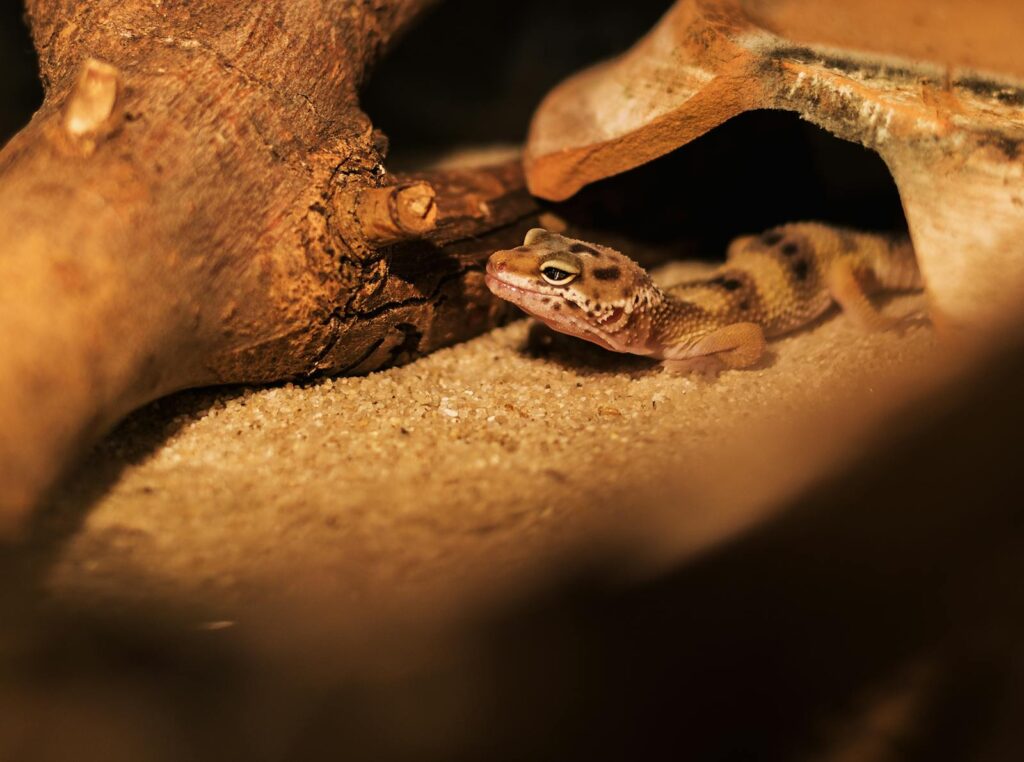
While leopard geckos evolved in arid environments, proper hydration remains essential for their health. Provide a shallow water dish large enough for your gecko to access easily but not so deep as to pose a drowning hazard, changing the water daily to ensure freshness and cleanliness. The ambient humidity in the enclosure should generally be maintained between 30-40%, which can be monitored using a digital hygrometer. Though the overall environment should remain relatively dry, maintaining a properly humid microclimate within the moist hide (70-80% humidity) is crucial for facilitating successful shedding and preventing stuck shed on toes, which can lead to constriction and tissue death if not addressed. During shedding, which occurs every 3-4 weeks for juveniles and 4-8 weeks for adults, you may notice your gecko’s skin becoming dull and whitish before it begins removing the old skin, often consuming it afterward for its nutritional content.
Cleaning and Maintenance Routines
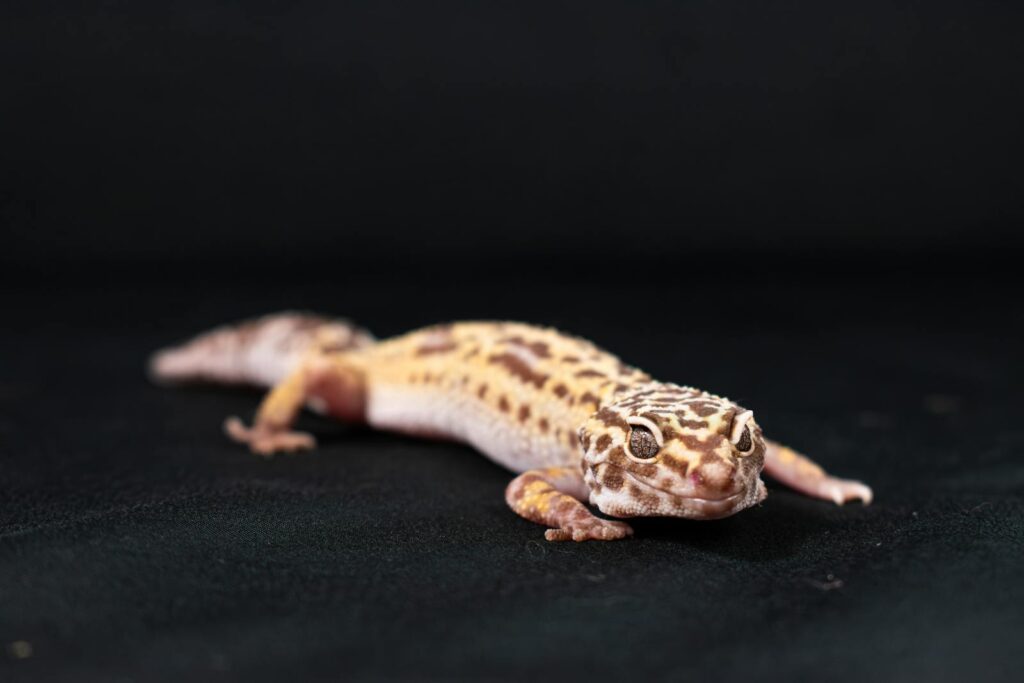
Establishing a consistent cleaning schedule is vital for maintaining a healthy environment for your leopard gecko. Daily maintenance should include removing feces and urates, refreshing water, and spot-cleaning any soiled substrate. Weekly tasks should involve more thorough substrate spot cleaning, disinfecting water dishes, and wiping down glass or walls with reptile-safe cleaner diluted according to manufacturer instructions. Every 1-3 months (depending on enclosure size and substrate type), perform a complete habitat breakdown, replacing or thoroughly cleaning substrate, disinfecting all décor and hides, and allowing everything to dry completely before reassembly. When cleaning, temporarily house your gecko in a secure container and avoid using harsh chemicals like bleach, ammonia, or pine-scented cleaners, which can be toxic to reptiles even in residual amounts. Instead, opt for reptile-specific disinfectants or a diluted vinegar solution followed by thorough rinsing and complete drying.
Handling and Socialization Techniques

Building trust with your leopard gecko requires patience and respect for their comfort levels. After bringing home a new gecko, allow a 1-2 week adjustment period with minimal disturbance beyond necessary maintenance before attempting handling. When ready to begin socialization, start with short sessions of 5-10 minutes, gradually increasing duration as your gecko displays comfort signals like relaxed posture and curious tongue flicking. Always support your gecko’s entire body, particularly its feet, as falling even short distances can result in injuries. Approach from the side rather than from above (which mimics predator attacks) and avoid grabbing or restraining, instead allowing the gecko to walk onto your hand voluntarily when possible. Watch for stress signals including rapid breathing, tail waving, vocalization, or attempting to flee, which indicate the session should end immediately. Remember that individual temperaments vary—some geckos become quite tame with regular, gentle interaction, while others may always prefer limited handling.
Recognizing Common Health Concerns
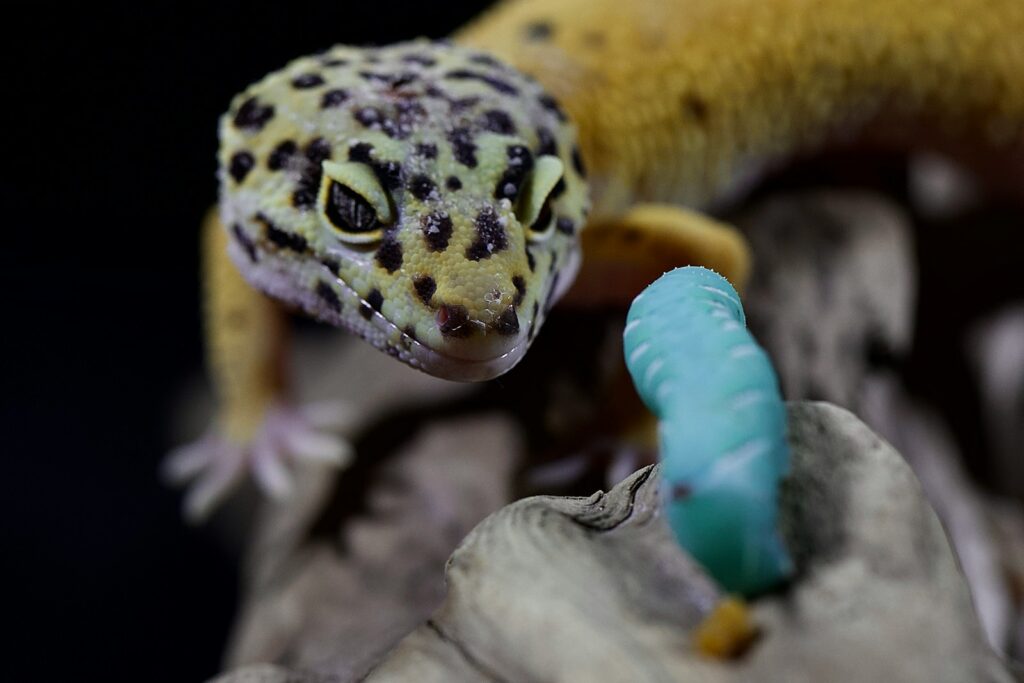
Vigilant observation allows for early detection of potential health issues in your leopard gecko. Metabolic bone disease, characterized by tremors, softened jaw, difficulty walking, or kinked limbs, results from calcium deficiency and improper husbandry, requiring immediate veterinary attention. Respiratory infections present as wheezing, bubbling around nostrils, or open-mouth breathing, often stemming from excessive humidity or inadequate temperatures. Impaction, a potentially fatal digestive blockage, manifests as lack of defecation, abdominal swelling, and appetite loss, commonly caused by ingested substrate or oversized prey items. Skin problems including retained shed (especially on toes, tail tip, or eyes), mites, or bacterial infections require prompt attention to prevent complications. Healthy leopard geckos should have clear, alert eyes, regular eating habits, firm stools with white urates, and active movement during their awake hours. Establish a relationship with an exotic veterinarian experienced with reptiles before emergencies arise, and schedule annual wellness exams to catch subtle health changes before they become serious problems.
Breeding Considerations for Advanced Keepers
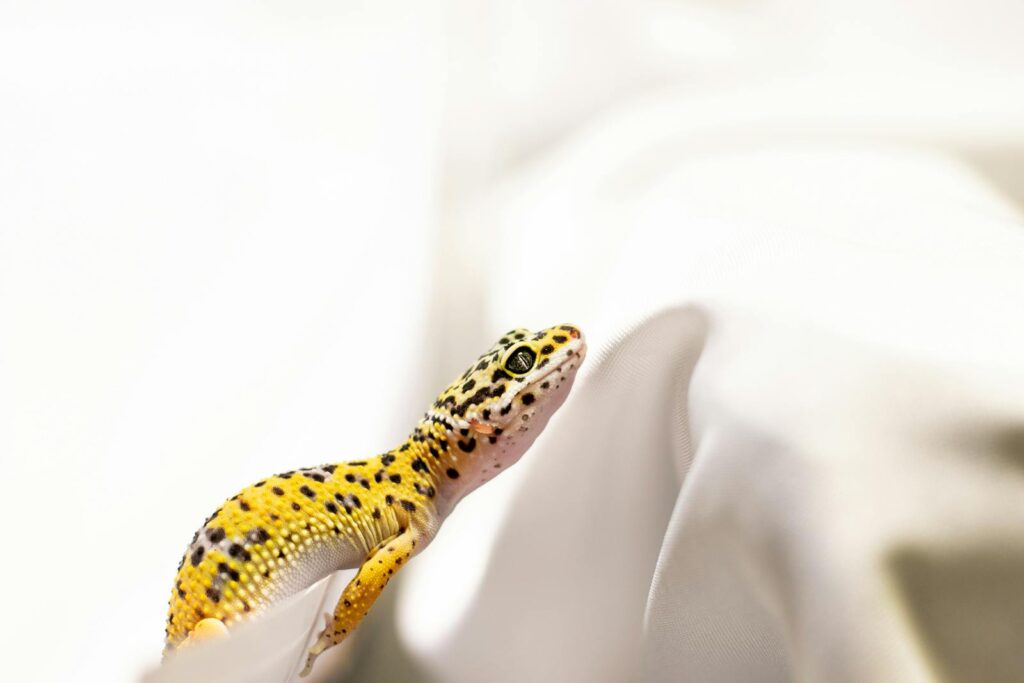
Breeding leopard geckos carries significant responsibility and should only be undertaken by experienced keepers with thorough understanding of genetics, incubation techniques, and the resources to care for potential offspring. Female leopard geckos should be at least 18 months old, weigh minimum 50-60 grams, and be in excellent health before breeding, as egg production places substantial physical demands on their bodies. Males reach breeding maturity earlier but should still be well-established adults with good weight and condition. The breeding process involves a cooling period (brumation) followed by gradual temperature increases and introduction of the female to the male’s territory under careful supervision to prevent aggression. Once gravid, females require increased calcium supplementation and appropriate lay boxes filled with slightly damp substrate for egg deposition. Proper incubation equipment, including reliable incubators with temperature control, is essential as incubation temperatures between 80-90°F (26-32°C) not only affect development rates but also influence sex determination in this species.
Conclusion: Creating a Lifetime of Proper Care
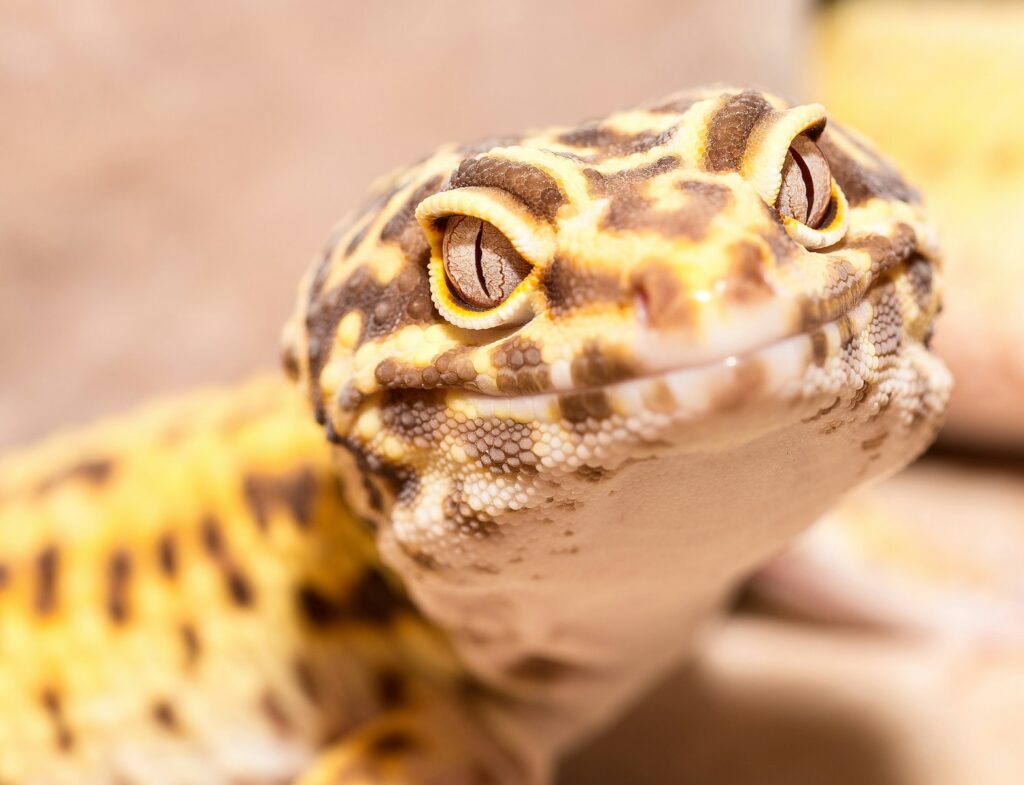
Providing appropriate care for a leopard gecko represents a commitment spanning potentially two decades. By establishing proper habitat conditions, maintaining consistent feeding and supplementation routines, and responding promptly to changing needs throughout your gecko’s life stages, you create the foundation for a healthy, enriching relationship with these fascinating reptiles. Remember that husbandry recommendations evolve with new research, so staying connected with reputable reptile communities and continuing to educate yourself represents an ongoing responsibility of pet ownership. The time and effort invested in understanding and meeting your leopard gecko’s specific requirements will be rewarded with a thriving, active companion whose unique behaviors and personality provide years of enjoyment. Whether you’re drawn to these remarkable creatures for their distinctive appearance, manageable care requirements, or fascinating behaviors, proper husbandry practices ensure your leopard gecko doesn’t just survive in captivity but truly flourishes.

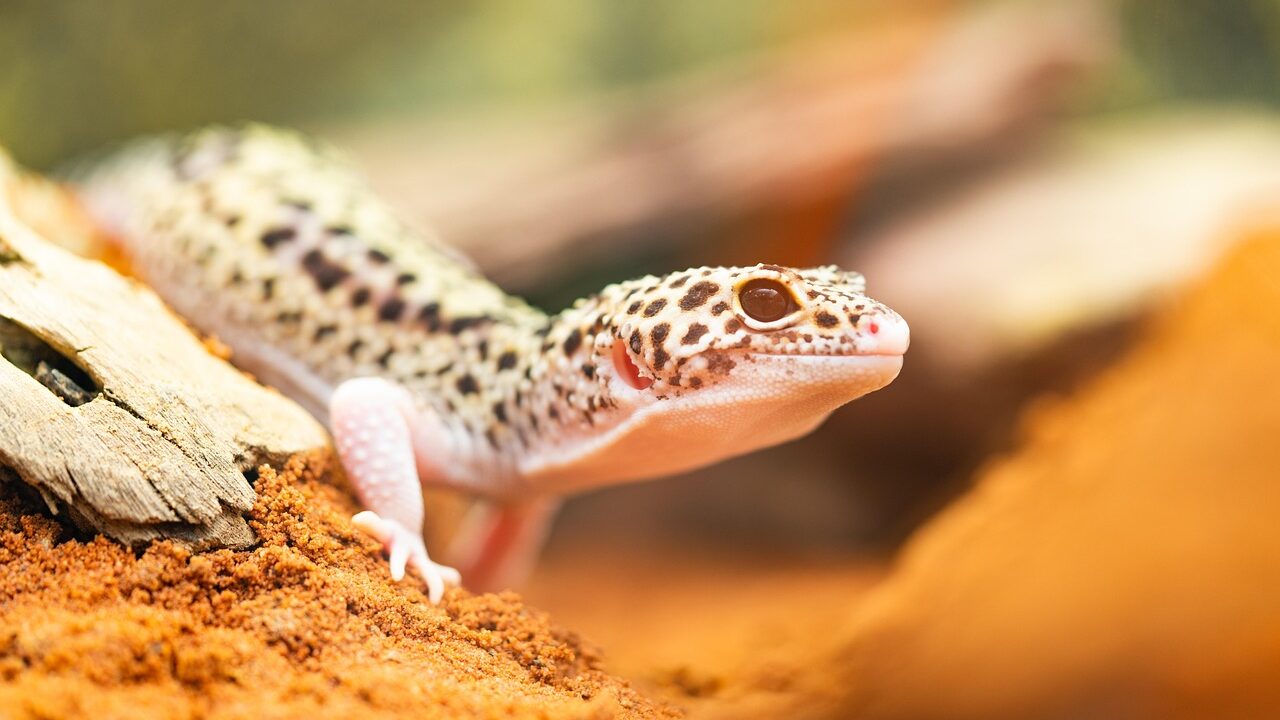


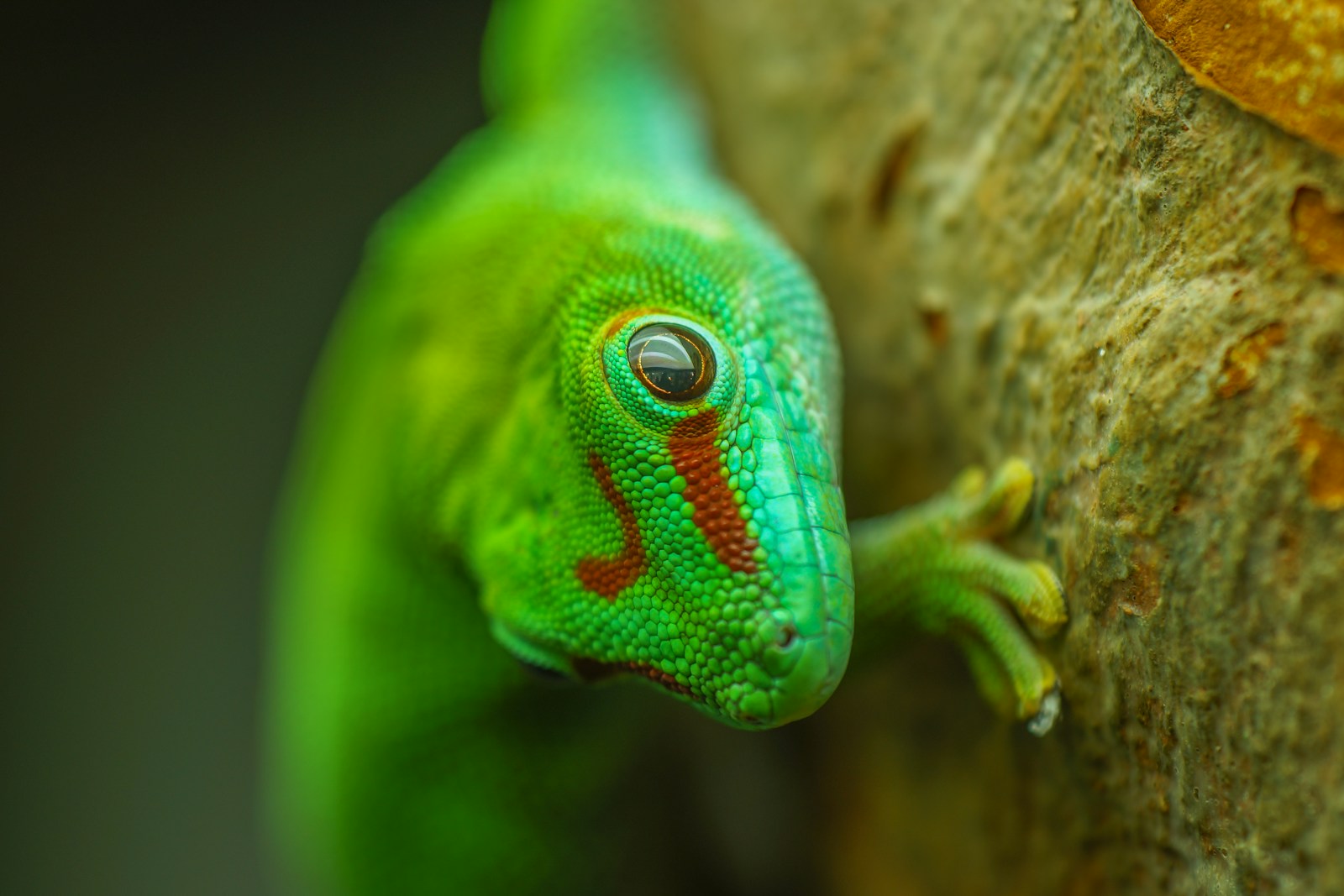
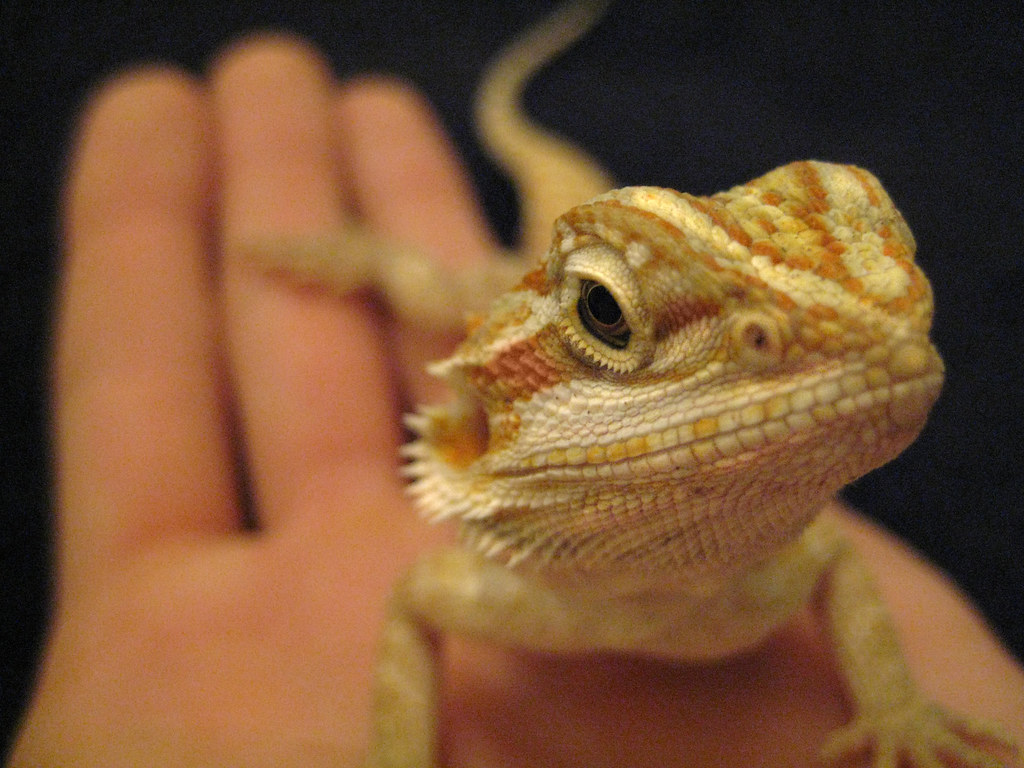

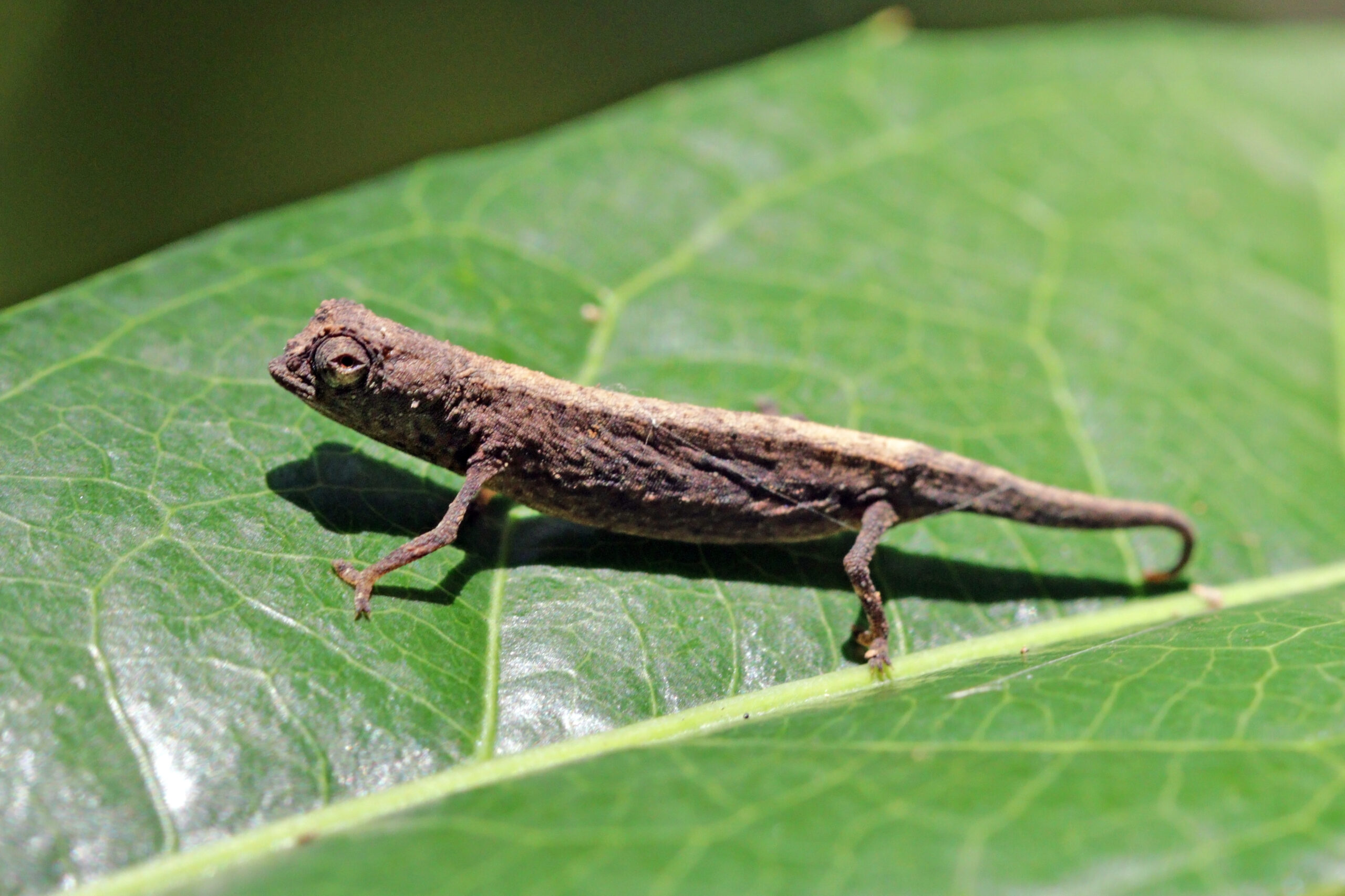
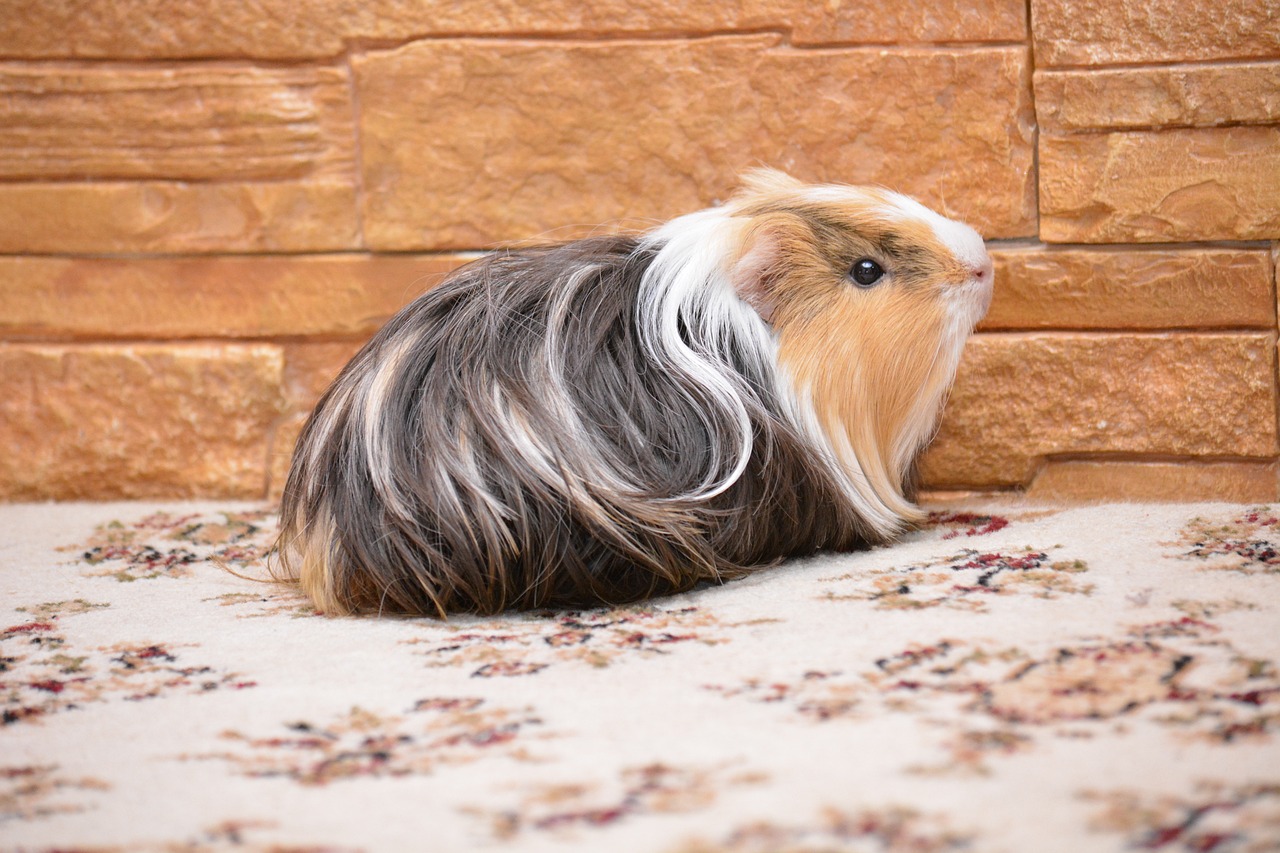
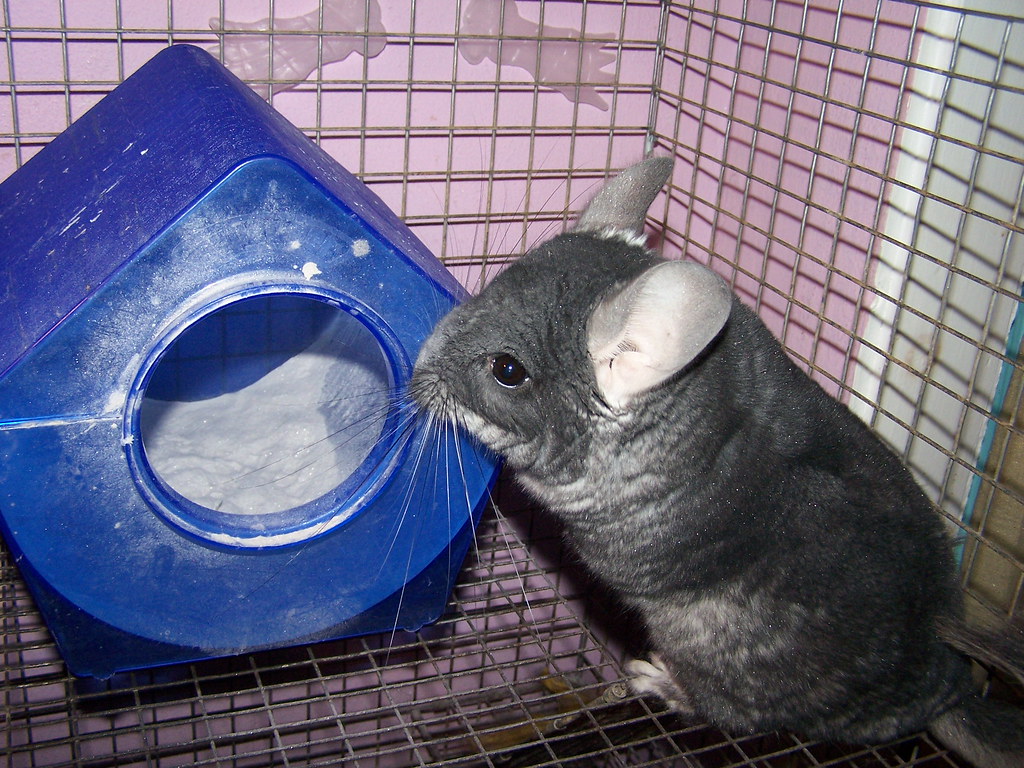

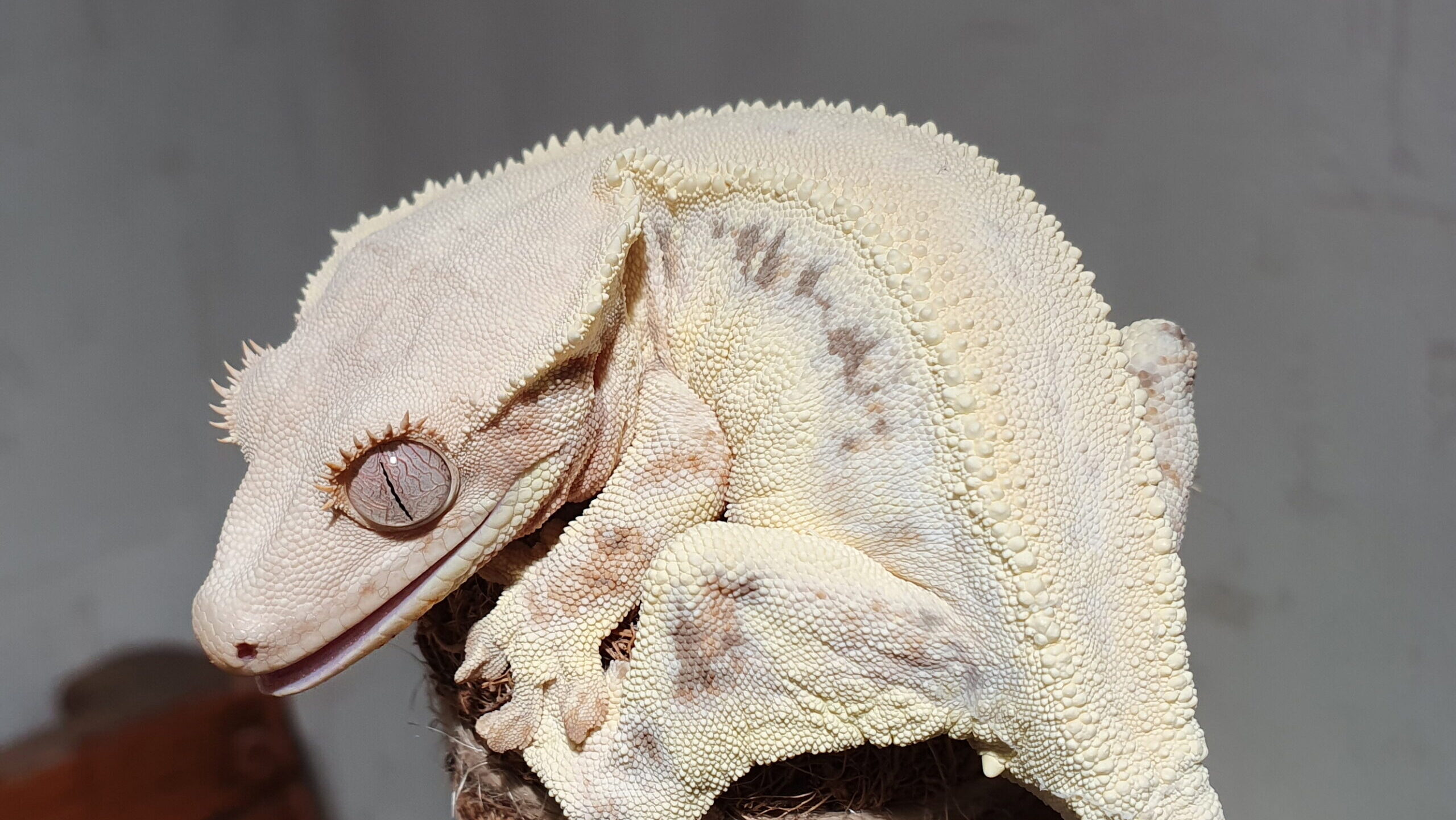




Leave a Reply